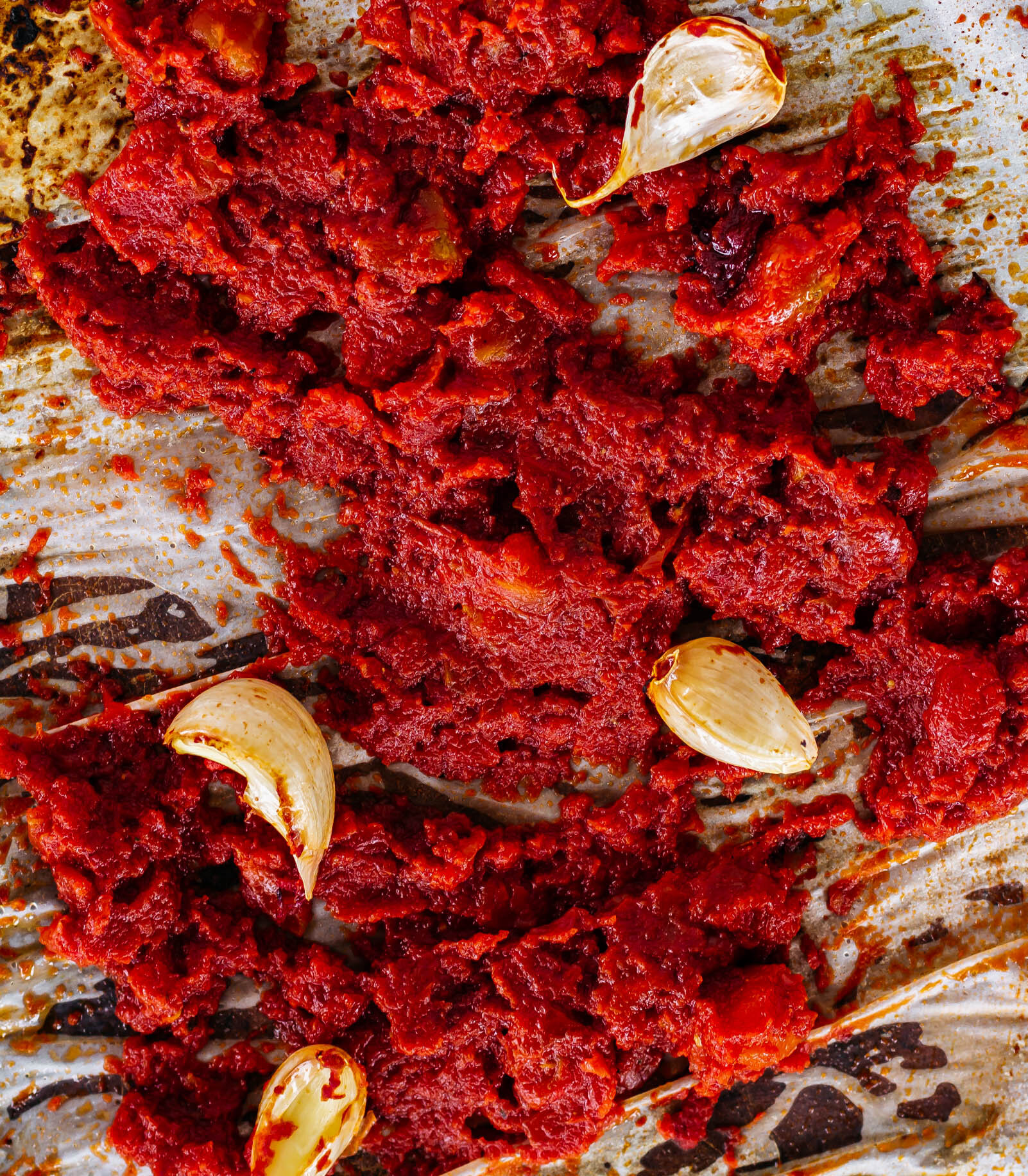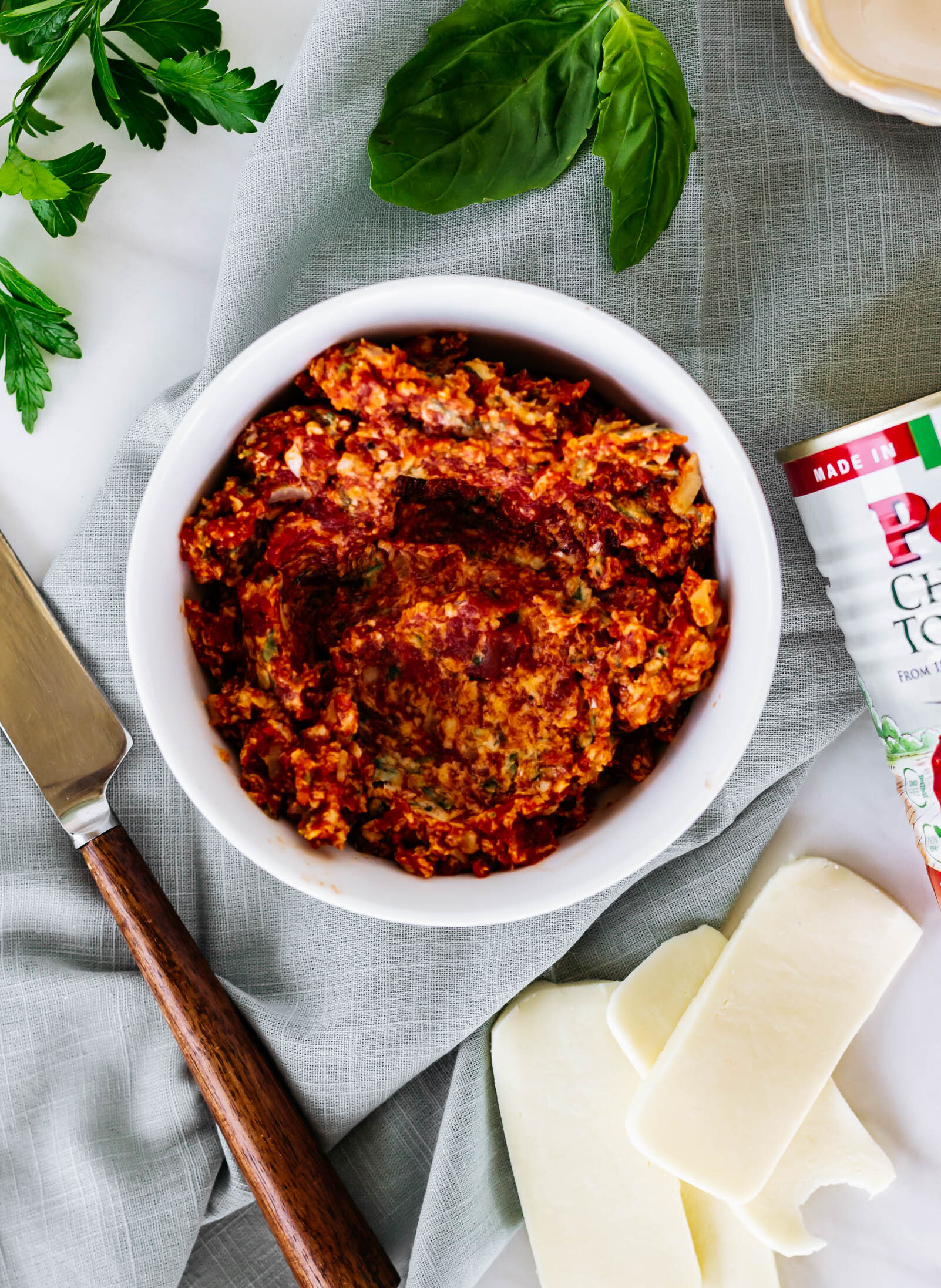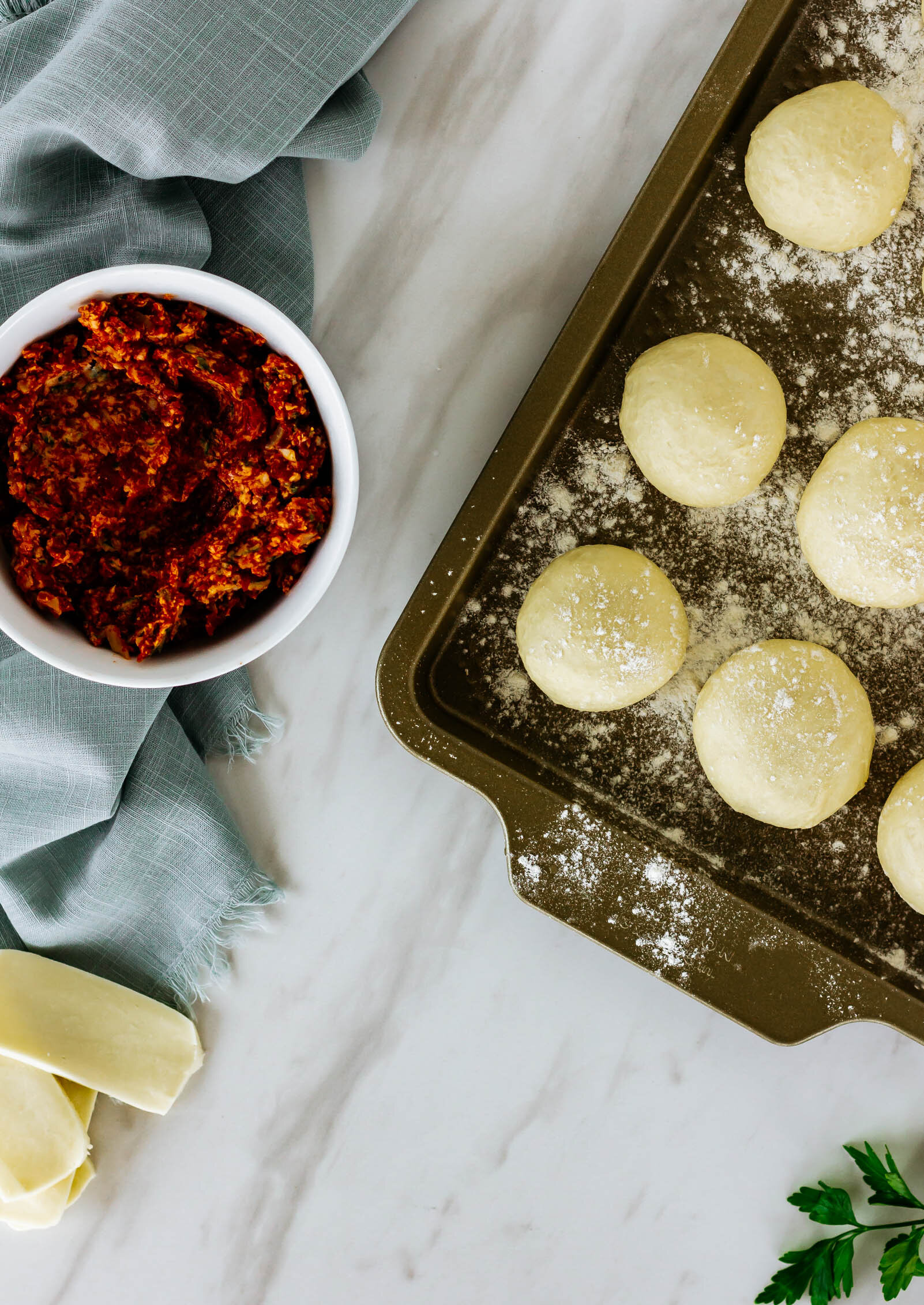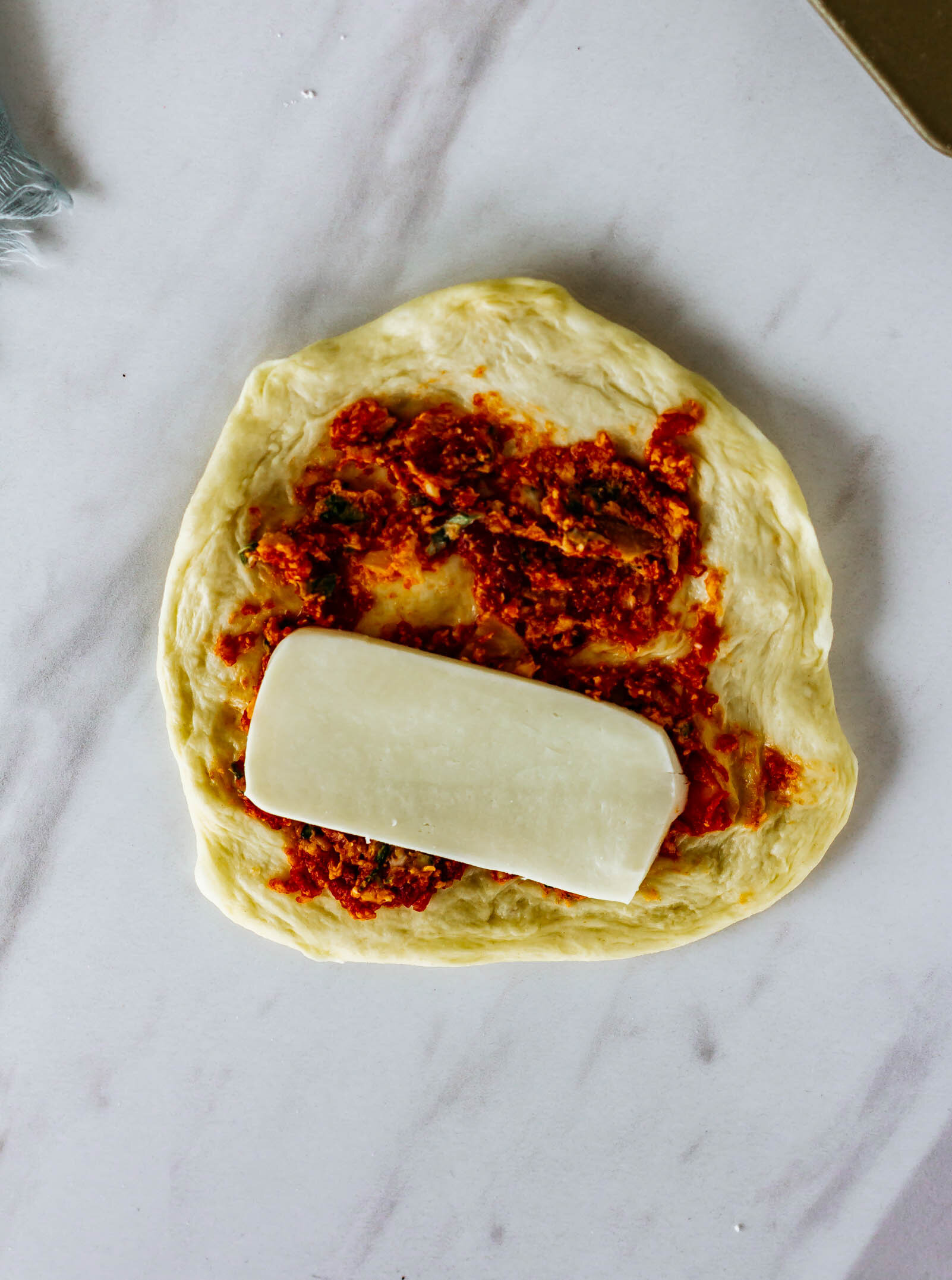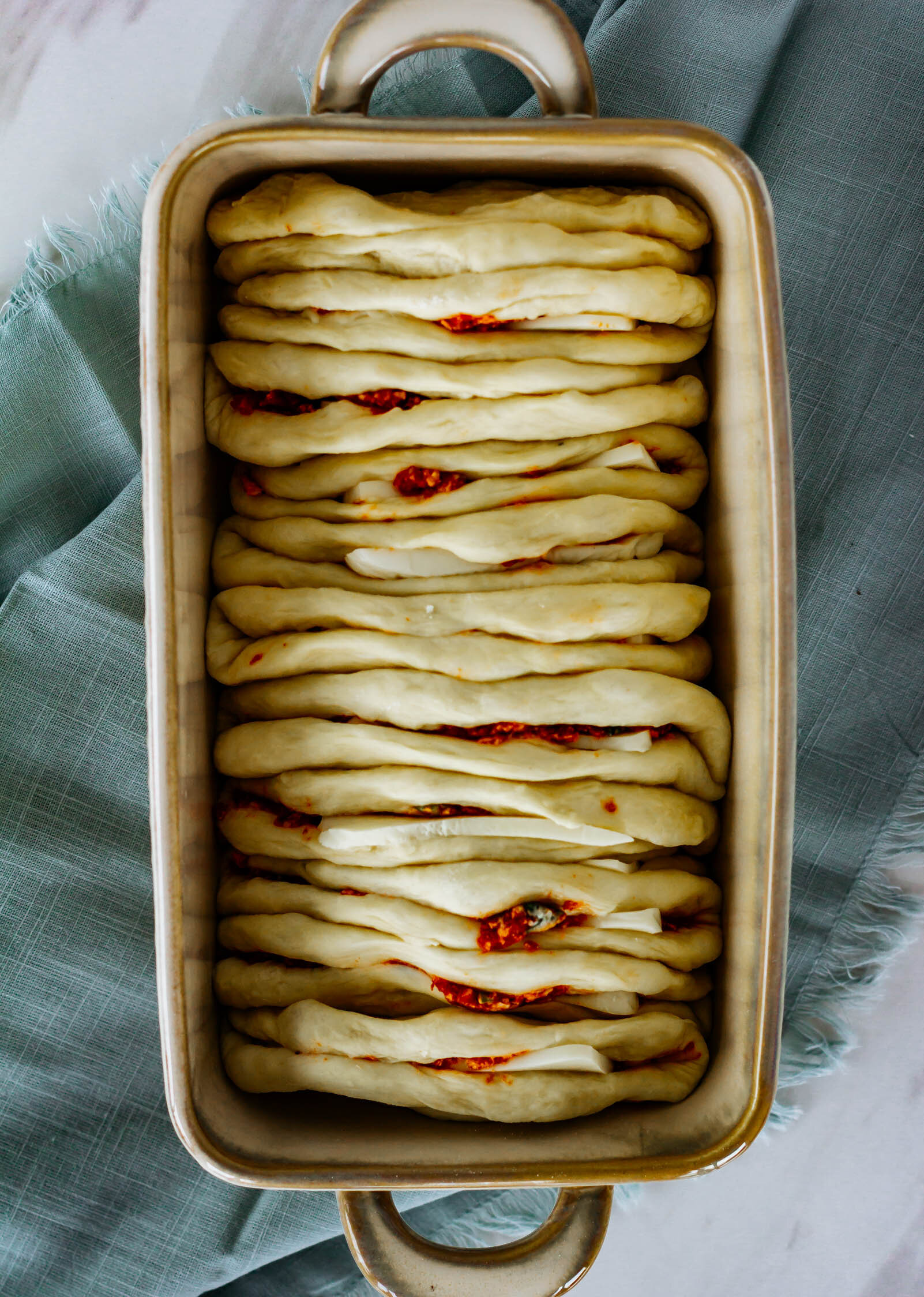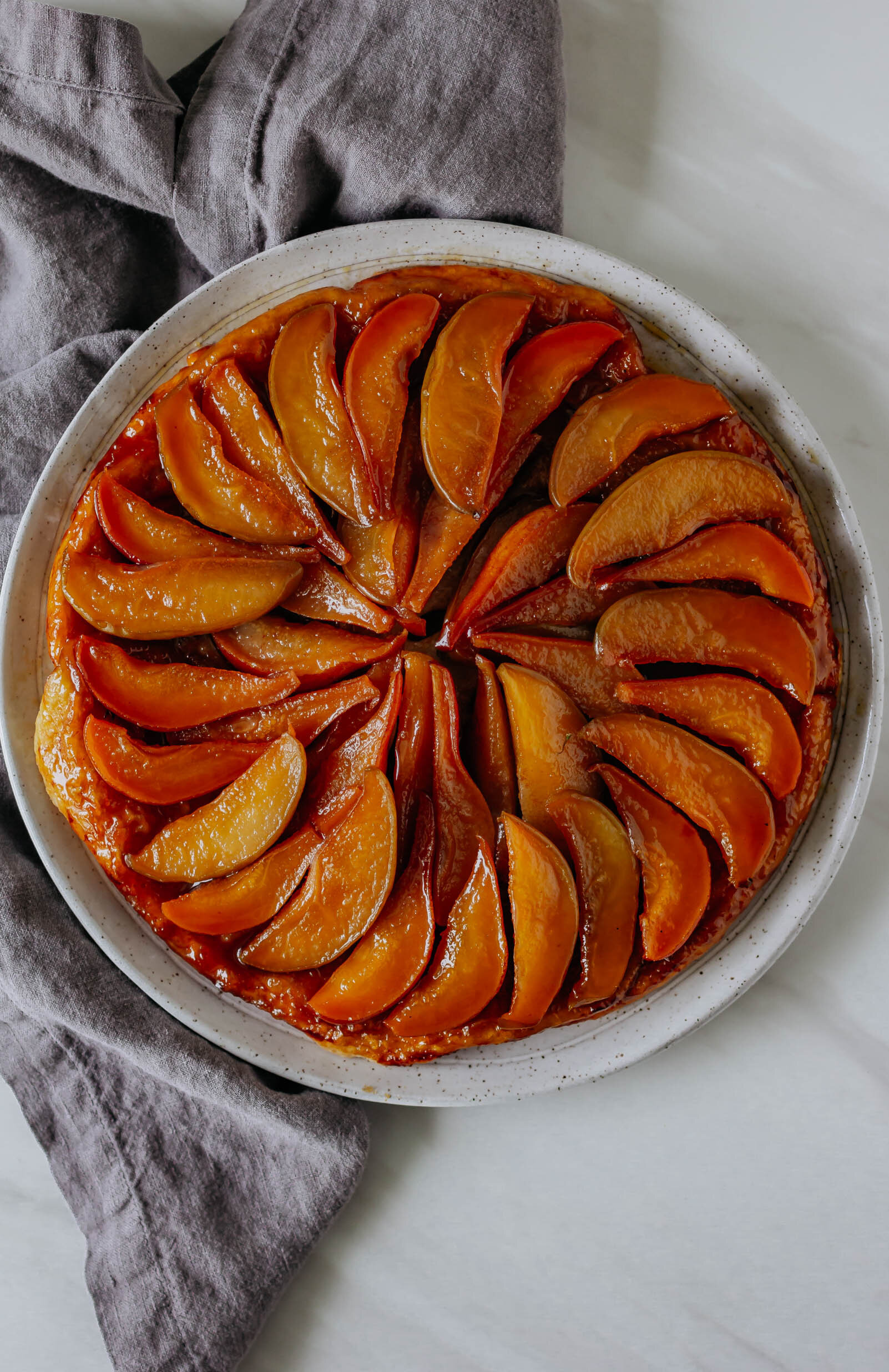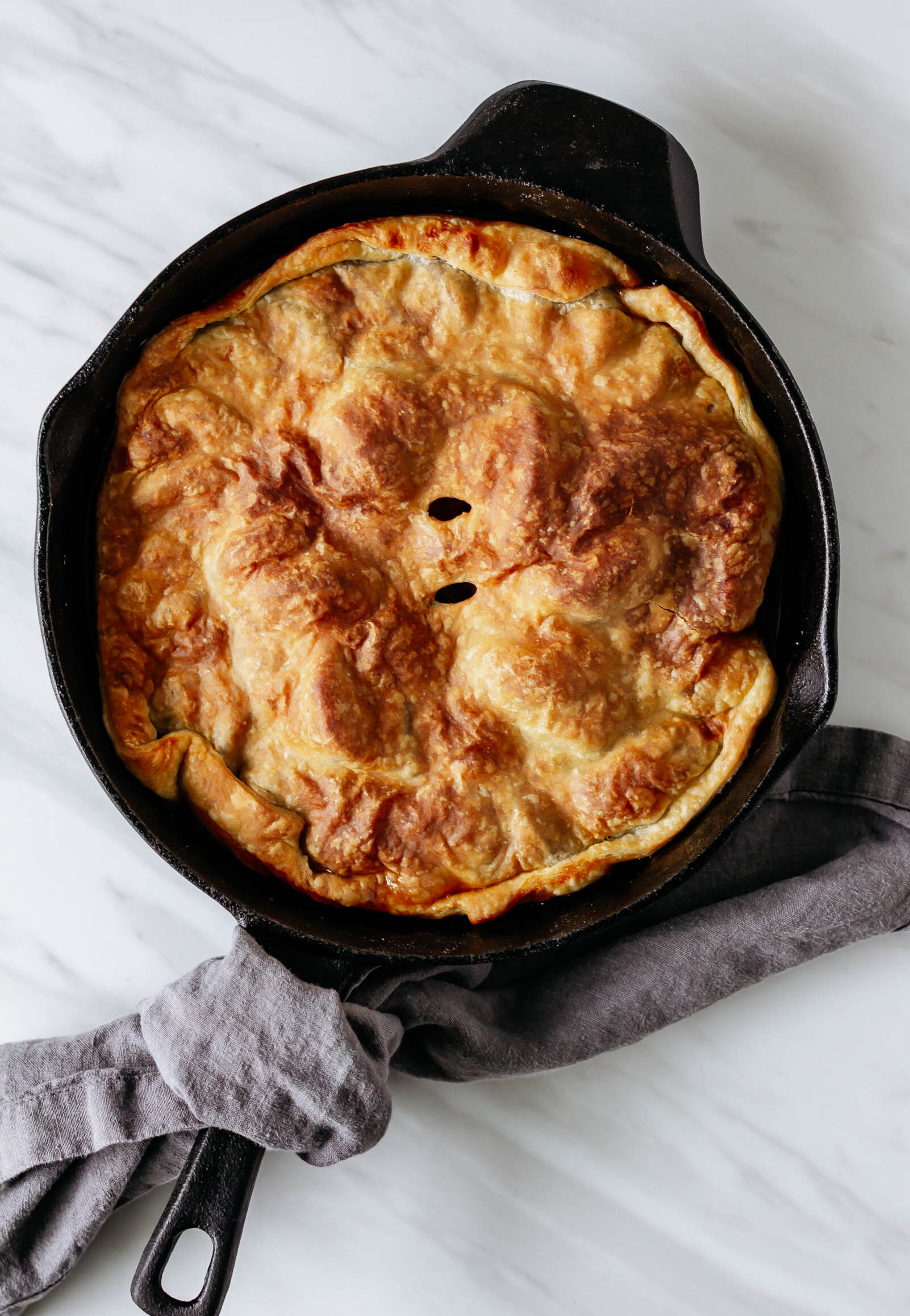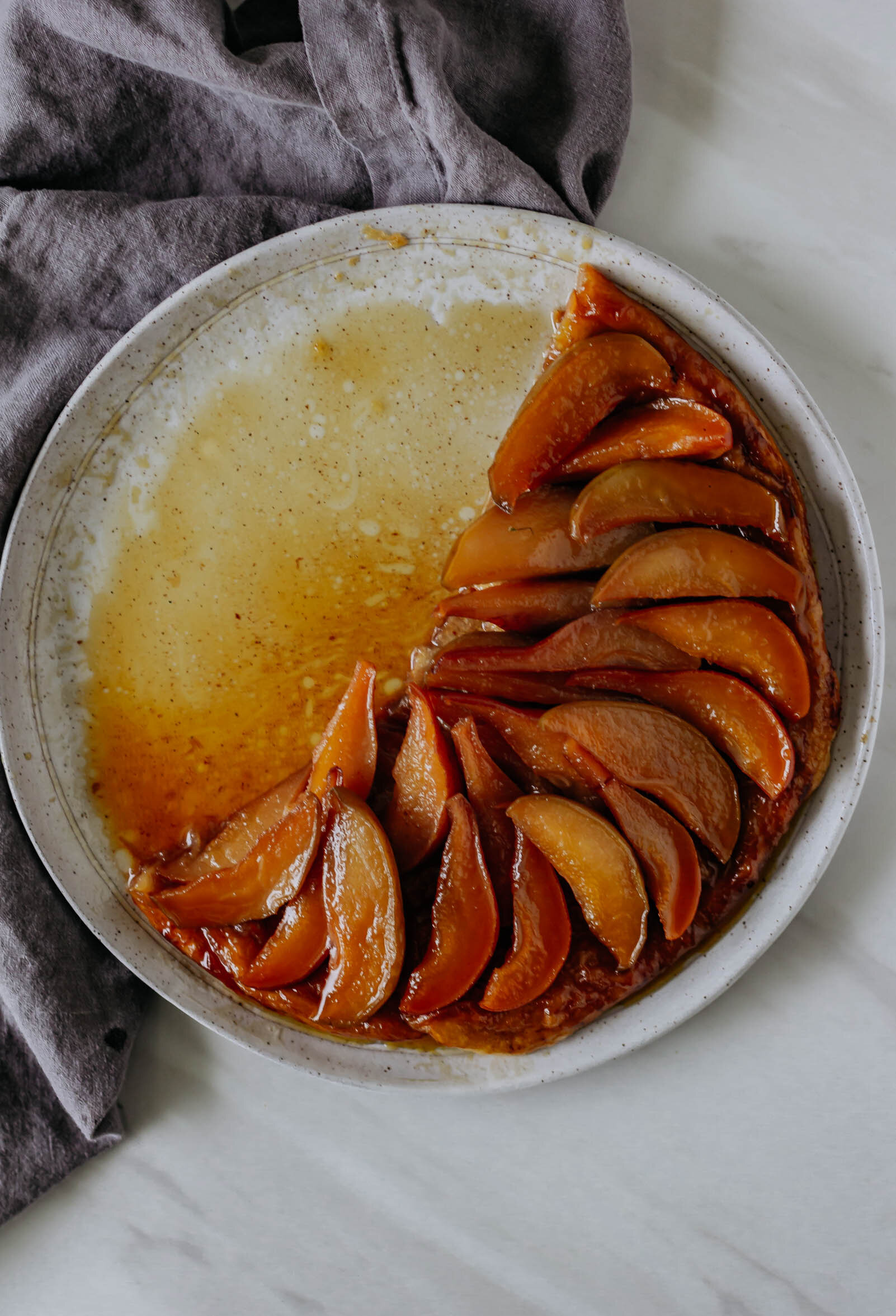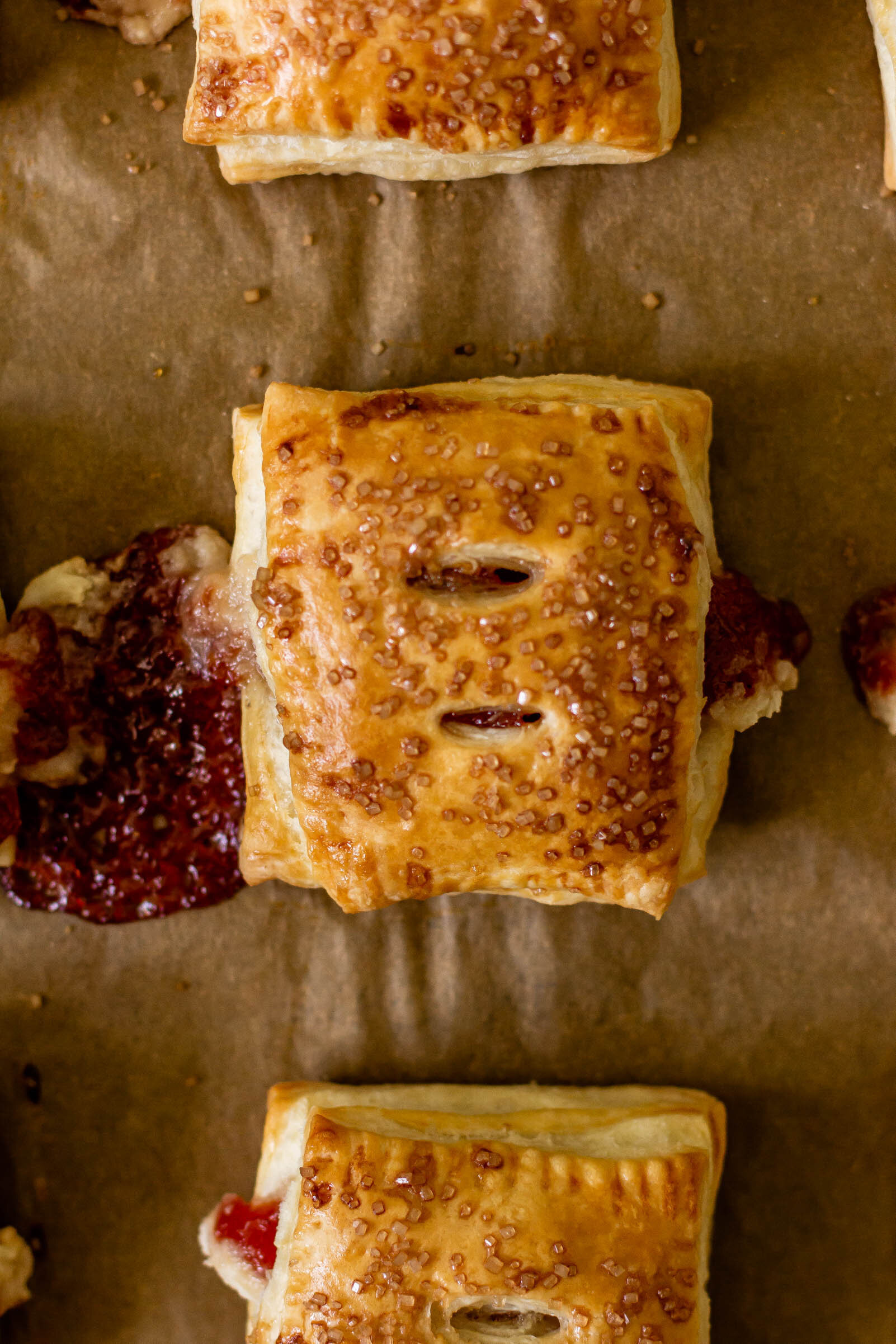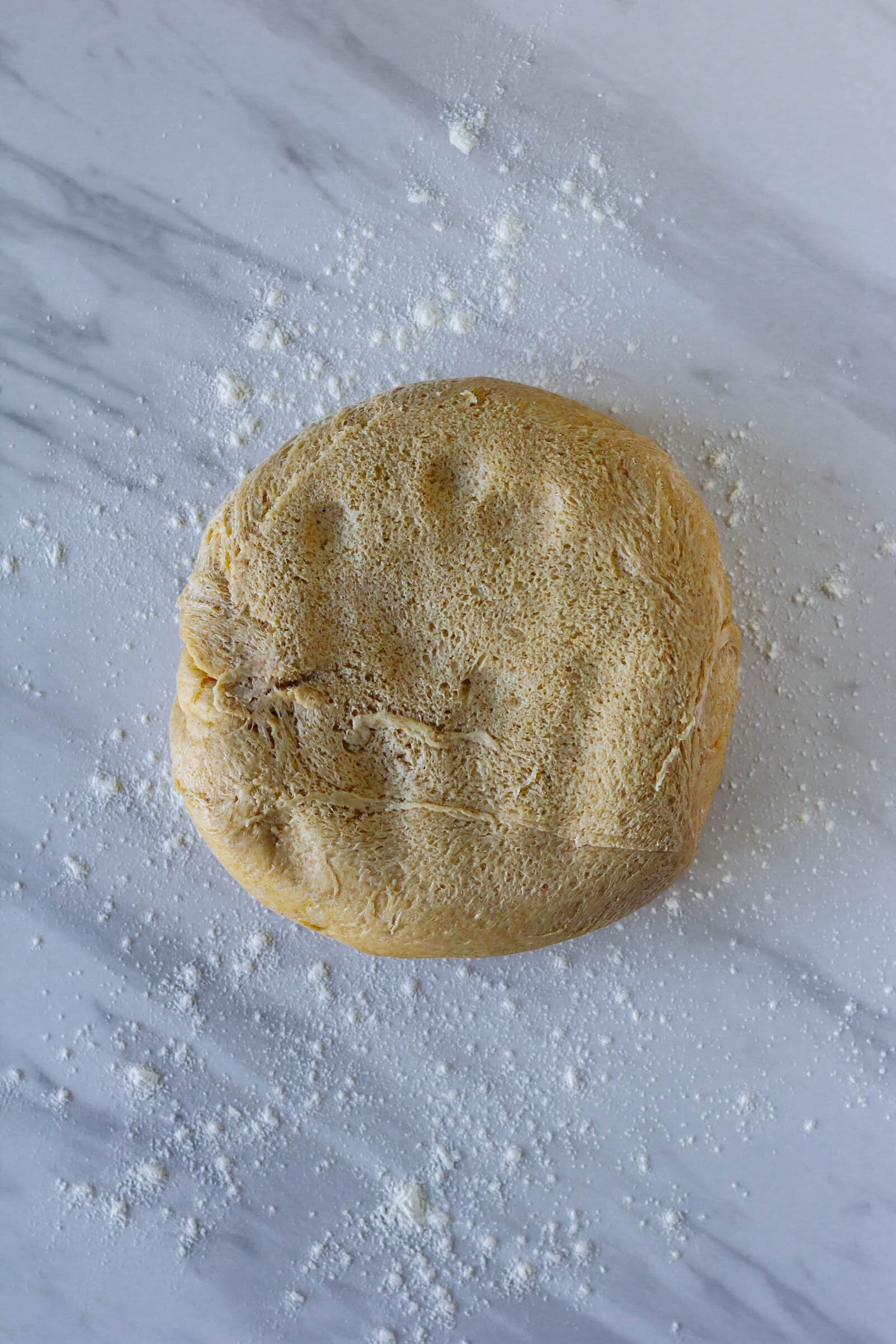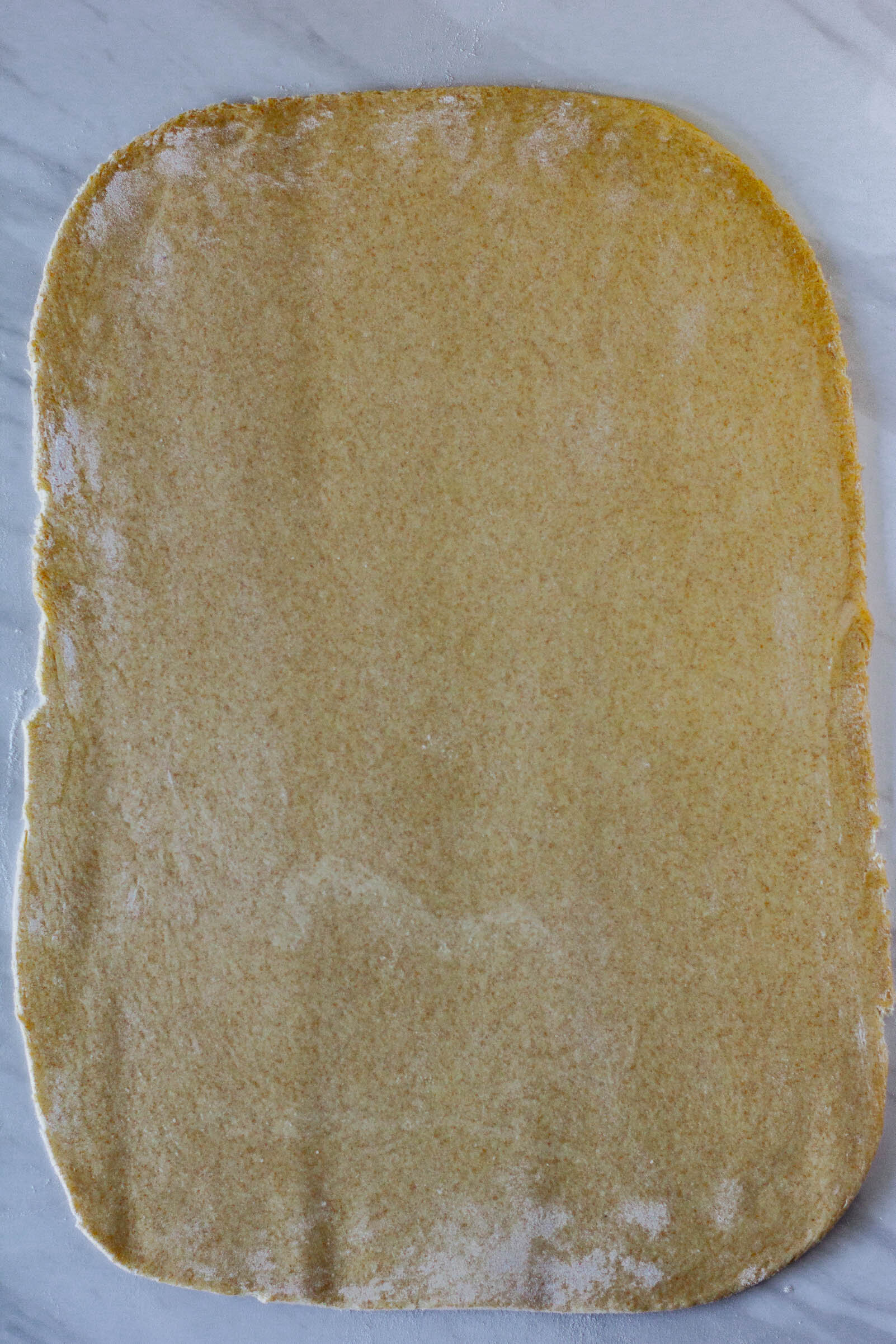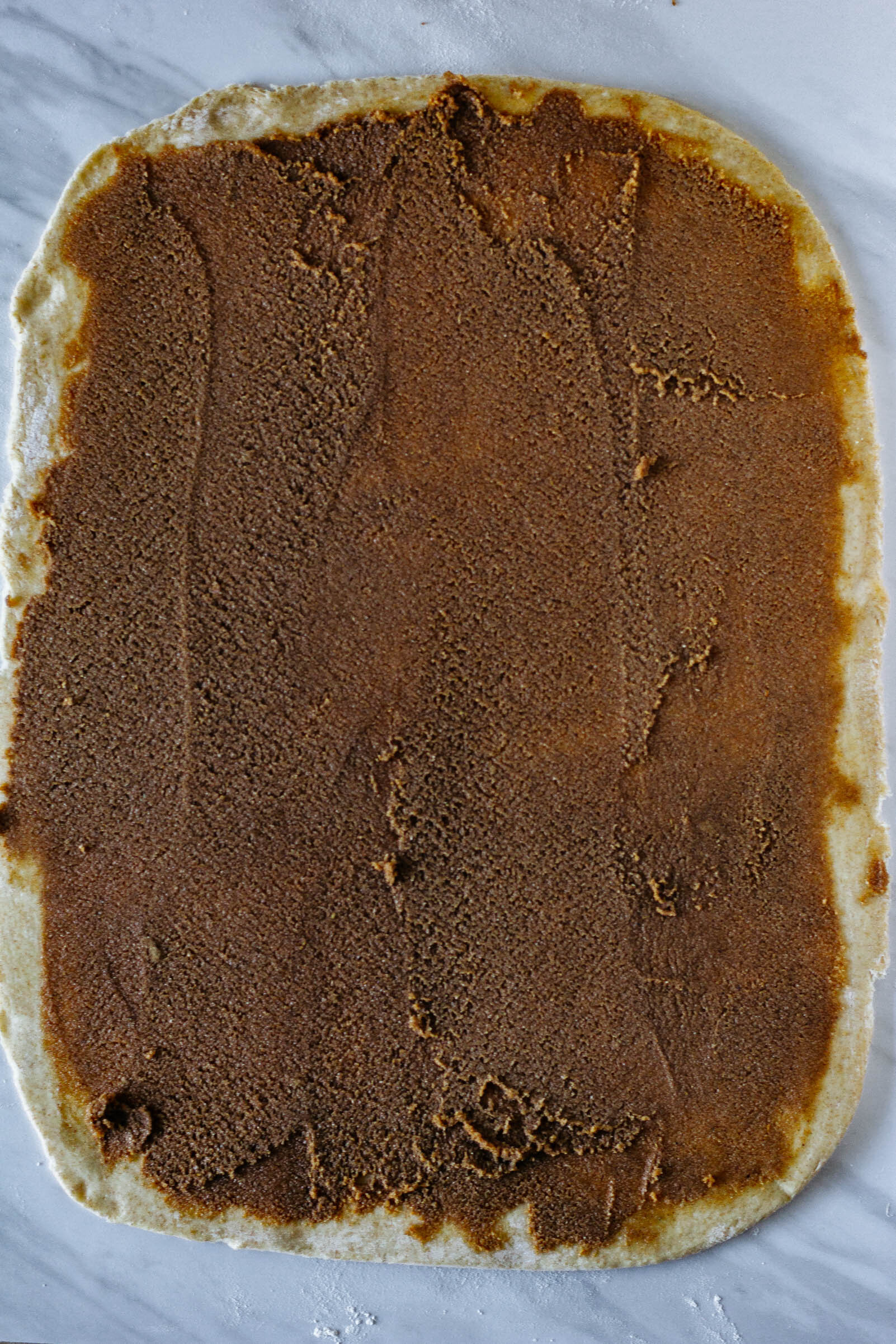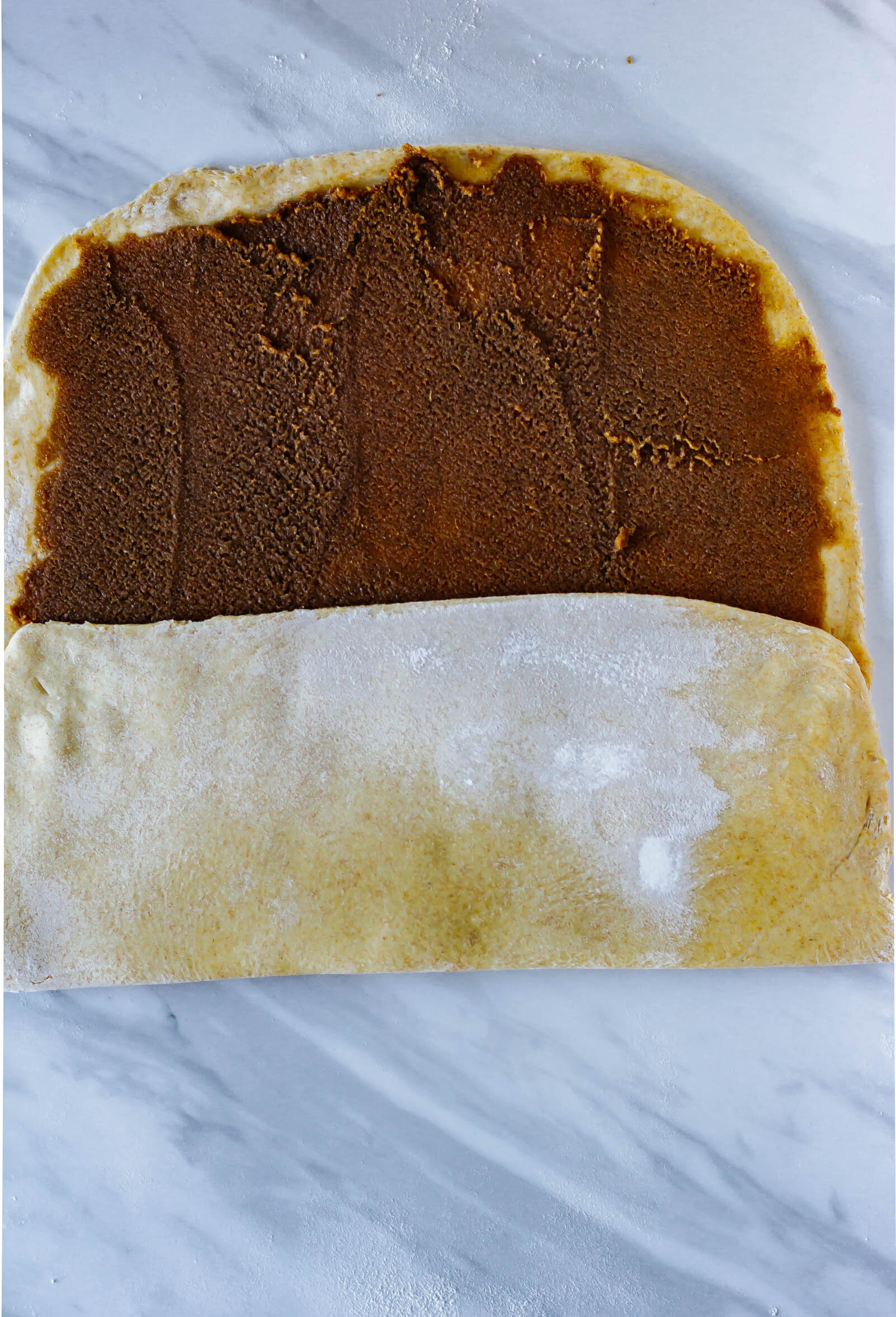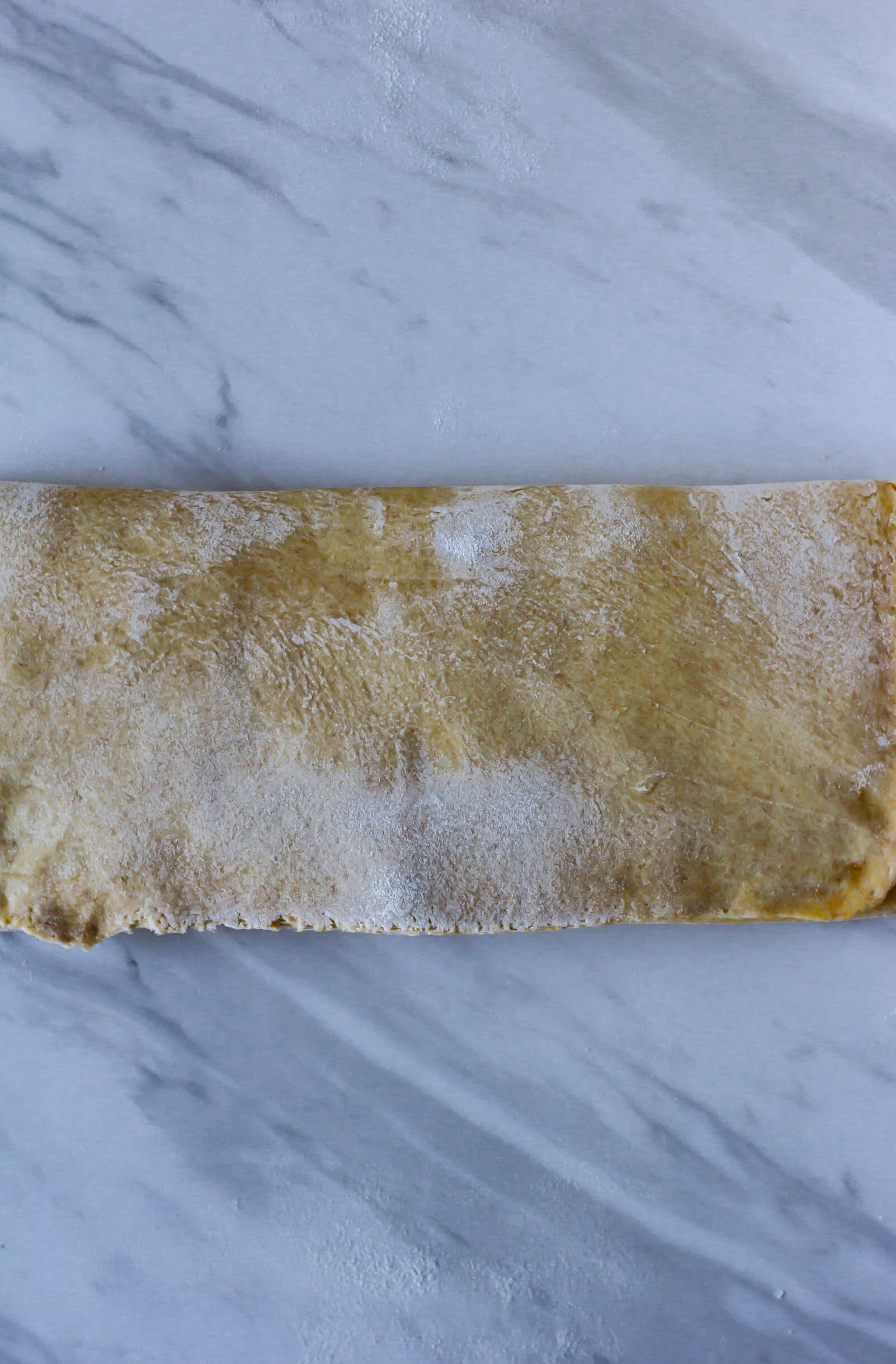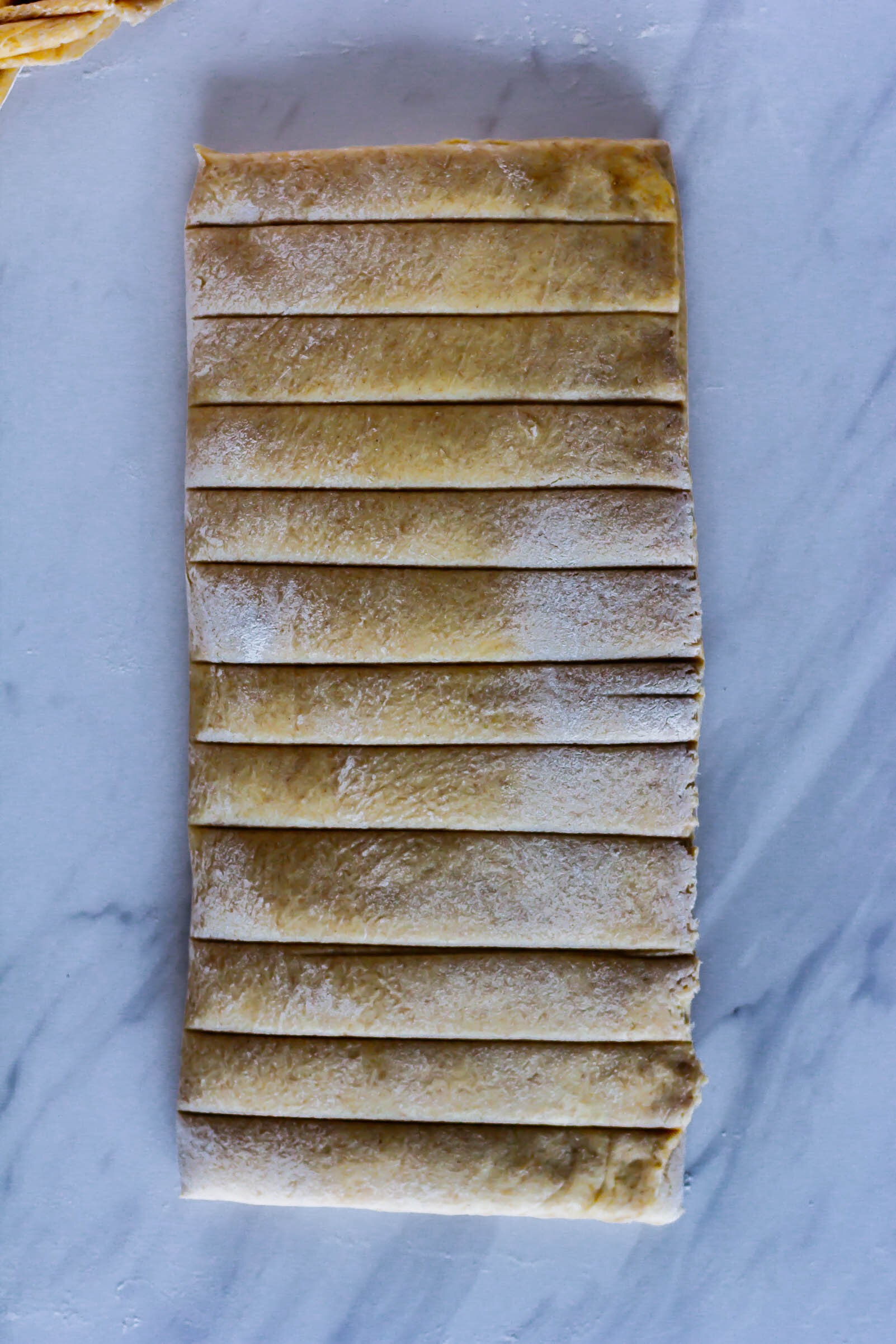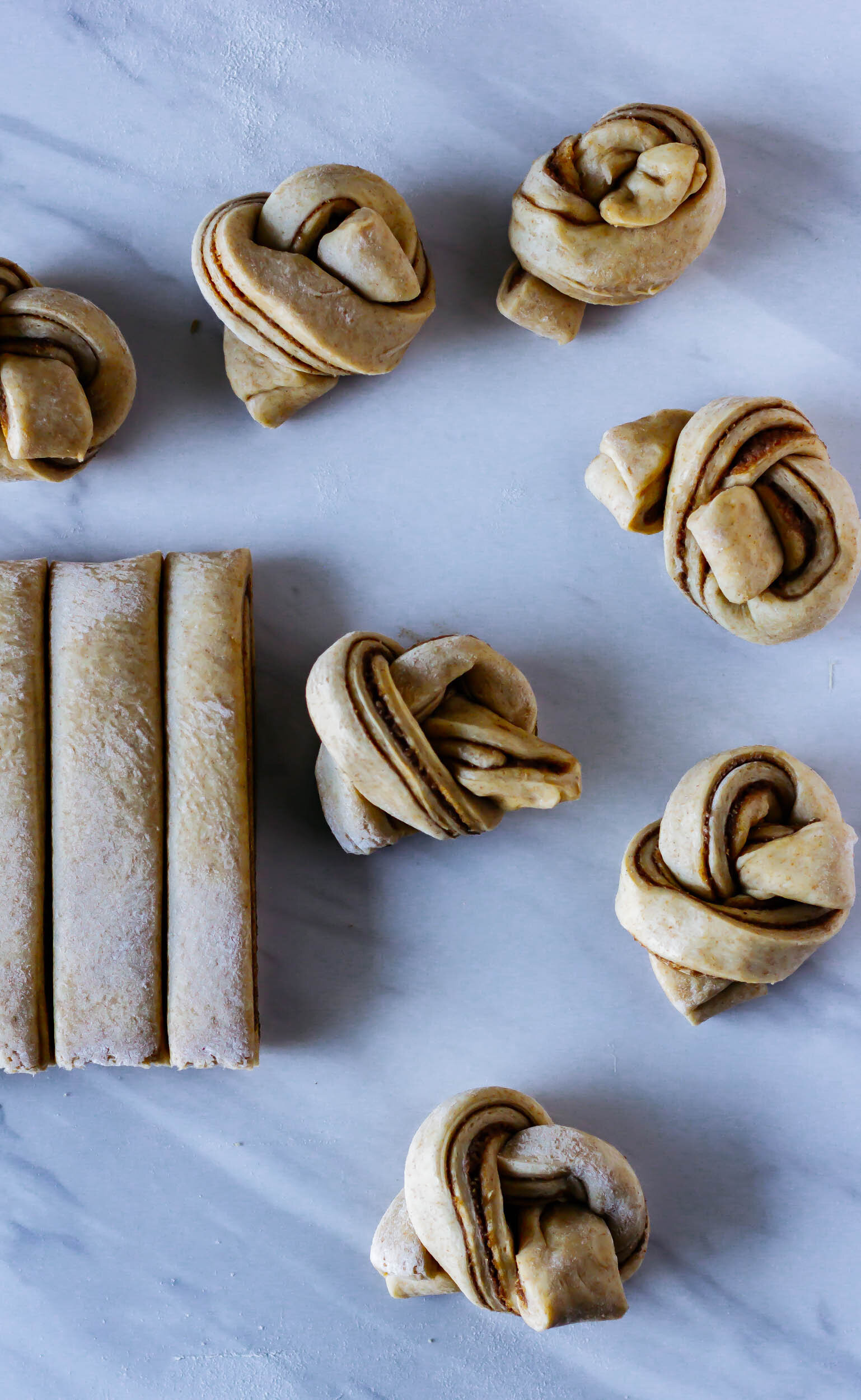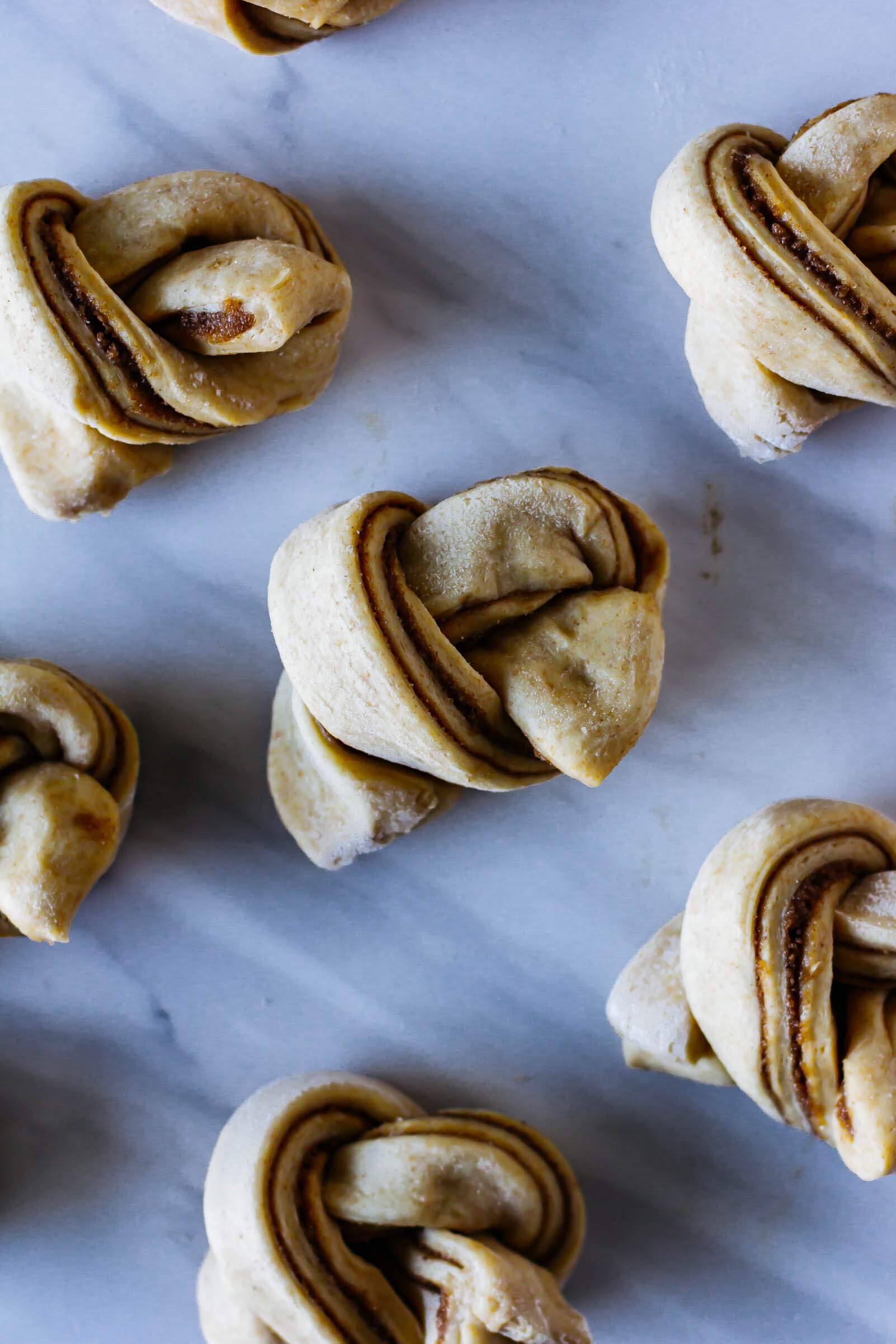Caramelized Tomato and Mozzarella Bread
/this recipe is sponsored by Pomi USA
Happy New Year everyone! I’ve been a little quiet on here for the past month because I needed a little break after 12 new Christmas recipes. We also bought a house, which turned out to be quite the endeavor! But my kitchen is unpacked and I’m back and ready to go, friends! I’m kicking off 2021 with this savory caramelized tomato and mozzarella pull-apart bread because it’s the comfort food we all need.
For my job as a recipe developer, I get to work with a lot of different brands and Pomi is one of my favorites. Most of my weeknight dinners hinge on canned tomatoes and I love that Pomi tomatoes are high-quality Italian tomatoes that won't break the bank. They are also so versatile and can make everything from classic marinara sauces to tikka masala. And of course, bread.
This pull-apart bread tastes like a hot pocket and I’m not mad about it. Canned tomatoes get roasted low and slow in the oven with a couple cloves of garlic before being stirred into an herbed butter to create a tomato butter that you could honestly just swipe onto crackers and it would be excellent. But we’re taking it a step further and stuffing dollops of tomato butter and slices of mozzarella cheese into a light, fluffy buttermilk dough, folding them like little pizza tacos and tucking them into a loaf. The whole thing is proofed, dusted with parmesan cheese, and baked. It’s a little pizza bread work of art.

Caramelized Tomato and Mozzarella Pull-Apart Bread
Ingredients
- 2 tsp active dry yeast
- 1 tsp granulated sugar
- 3/4 cup (180 ml) buttermilk
- 4 tbsp (56 g) unsalted butter, softened
- 1 egg, at room temperature
- 2 1/3 cup (300 g) all purpose flour
- 1 tsp kosher salt
- 1 (14-oz) can Pomi Chopped Tomatoes
- 4 cloves garlic, in paper
- 1 tbsp olive oil
- 1/2 tsp kosher salt
- 1/4 tsp freshly cracked black pepper
- 4 tbsp unsalted butter, softened
- Caramelized tomatoes and roasted garlic, recipe below
- 2 tbsp fresh basil
- 1 tbsp fresh parsley
- 1/2 tsp kosher salt
- 1/4 tsp freshly cracked black pepper
- 2 tbsp grated parmesan cheese
- 5 oz low-moisture mozzarella cheese, sliced
- Beaten egg, for egg wash
- 2 tbsp grated parmesan cheese, for sprinkling
Instructions
- Preheat oven to 300° F and line a rimmed sheet pan with parchment paper.
- In a small bowl, toss garlic cloves with olive oil and pour out onto prepared pan.
- Pour chopped tomatoes on the pan with the garlic, sprinkle everything with salt and pepper and give it a quick stir.
- Roast for 45-50 minutes, stirring every 15 minutes or so, until tomatoes are a deep red color and almost all of the liquid has evaporated.
- Let cool completely.
- Into a medium bowl, squeeze the roasted garlic cloves from above out of their skins. Add salt, fresh basil and parsley, and parmesan cheese. Mash together with a fork.
- Add the softened butter and the caramelized tomatoes and stir well, until combined and homogenous.
- Heat buttermilk in the microwave until warm to the touch. Pour into the bowl of a stand mixer fitted with a dough hook attachment and add the yeast. Let rest for 5 minutes, while you prepare the rest of the ingredients, until yeast is foamy.
- In a small bowl, whisk together flour, sugar, and kosher salt. Set aside.
- When yeast is ready, add the egg to the buttermilk and yeast mixture and whisk briefly to combine.
- Add the dry ingredients to the mixer and mix on medium speed for 2-3 minutes, until a shaggy dough forms.
- Decrease mixer speed to low and gradually add softened butter, one tablespoon at a time. When all of the butter has been added increase speed to medium-high and knead for 5-6 minutes until dough is smooth and elastic. Scrape down the sides of the dough and gently shape into a round. Place dough in a lightly-oiled bowl, cover, and let proof at room temperature for 1 1/2 hours, until doubled in size.
- When dough has completed its first proof, turn it out onto a lightly-floured work surface. Divide the dough into 12 equal pieces and roll each piece into a ball. Let rest, covered with a towel, for 15 minutes.
- Working with one bowl at a time, roll or press each ball into a 4-5” round. Fill the center of each round with a tablespoon of tomato butter and a slice of mozzarella cheese. Fold the dough circle upwards into a half-moon shape, so that each circle looks like a little filled taco.
- Place each filled dough-taco, open side up, in a row in a lightly-oiled loaf pan. Cover the loaf pan with a towel or plastic wrap and let proof at room temperature again for 30-40 minutes, until swollen and dough has risen to the height of the pan.
- Brush the top of the loaf with beaten egg and sprinkle with parmesan cheese. Bake at 350° F for 40-45 minutes, until deeply golden brown.
- Let cool for 5-10 minutes in pan before removing from pan and serving.




